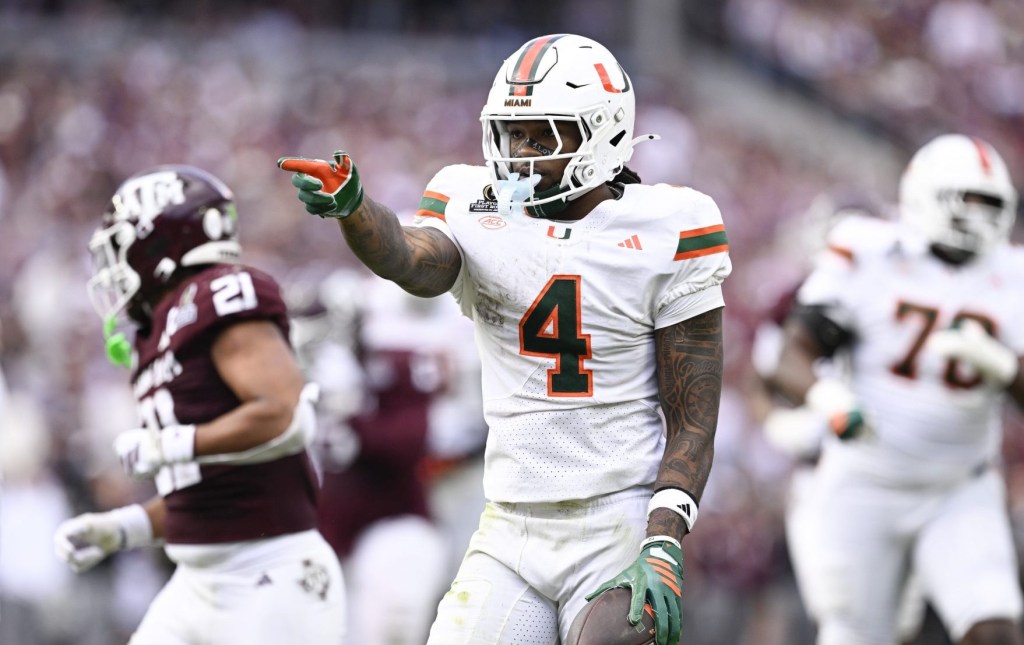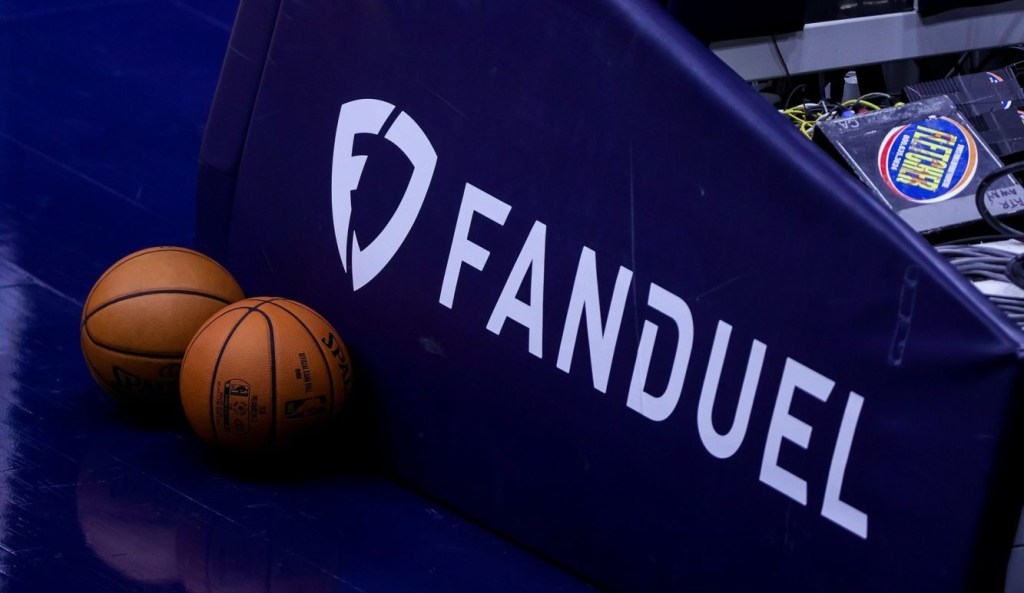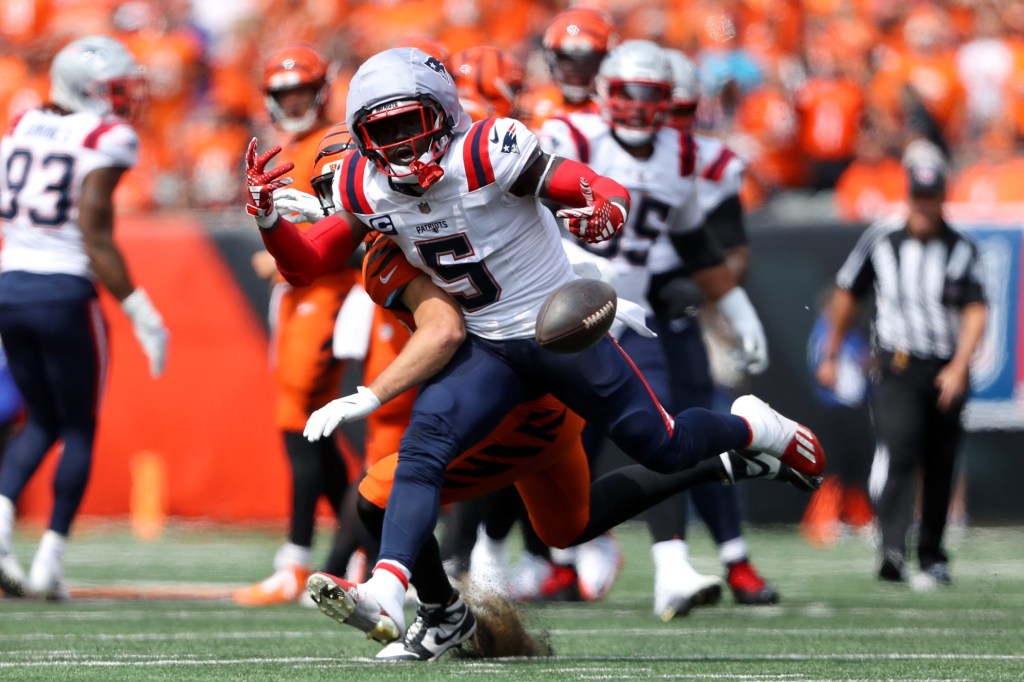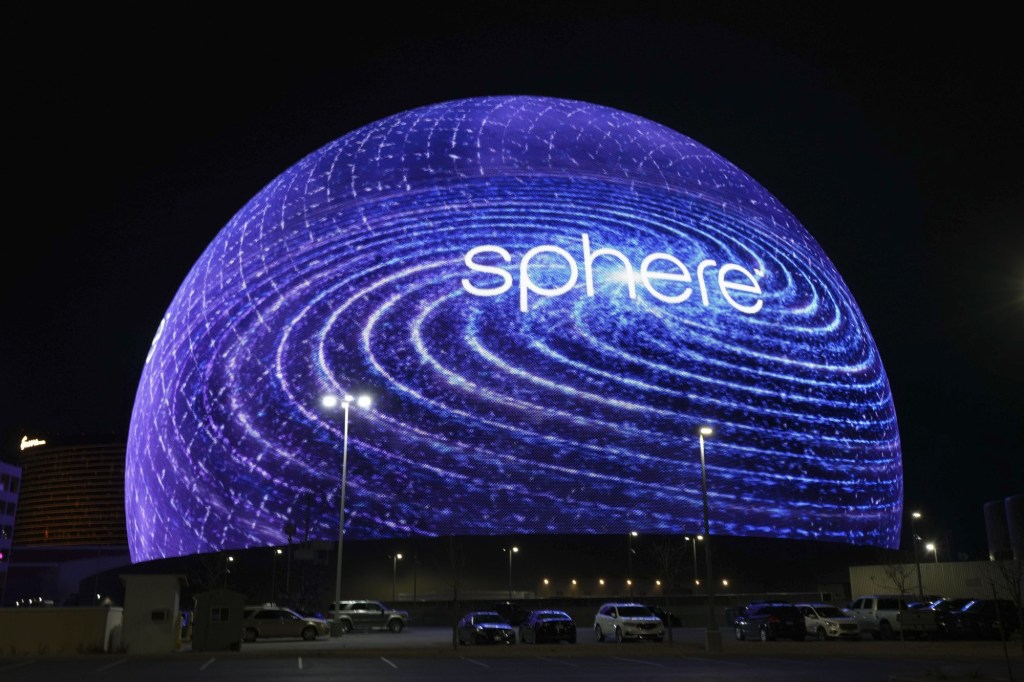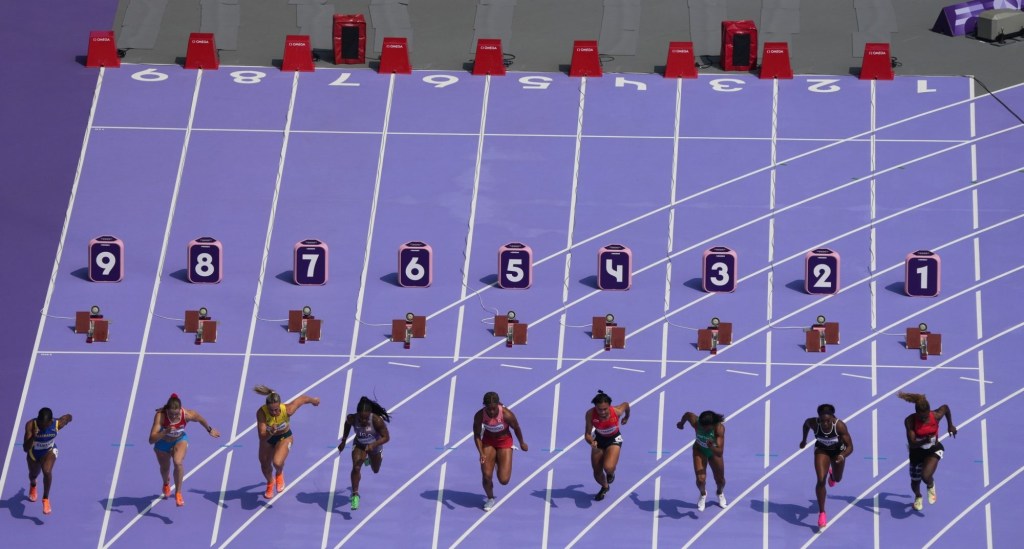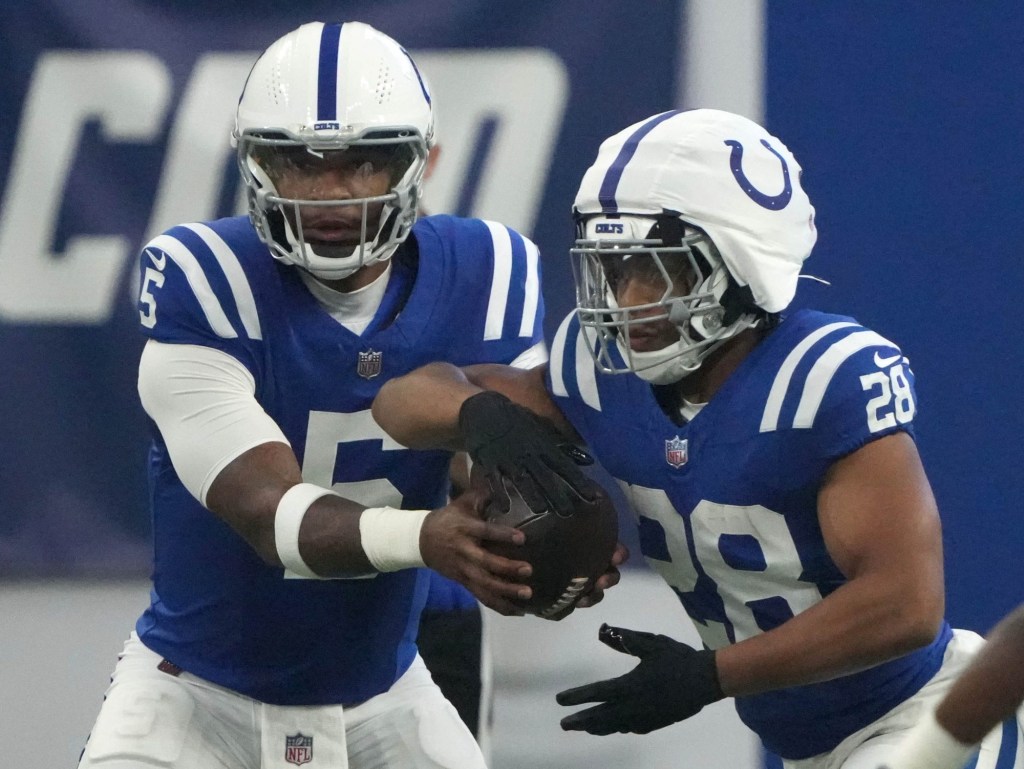
MVP Interactive is doing valuable work in the sports industry, leveraging emerging technology to provide franchises the tools they need to bring fans back through the gates.
It’s no secret that attendance has been declining for most major sports as the convenience and creature-comforts of watching the game at home have become almost too appealing to turn down. As the company website says, “sports stadiums have encountered a growing challenge due to a variety of factors, including rising ticket prices, the hassle of traffic and crowds, and the evolution of technology that allows people to watch games in high-definition on multiple devices from home.”
That’s what prompted James Giglio, CEO of MVP Interactive, to create the consumer engagement company and begin working with teams on combating the issue. He and the MVP Interactive team work to enhance brand experiences and connect brands to their consumers through custom-built experiential technology such as virtual reality, augmented reality, gesture, facial-recognition and mobile applications.
[mc4wp_form id=”8260″]
“It was six years or so ago; I began working out of the home in the advertising world and started to see trends in brands looking to technology as a way to connect with viewership and consumers as new forms of media emerged. Back then, there were attrition rates across the boards but the understanding wasn’t near where it had to be to use the technology effectively,” Giglio recounted.
So Giglio looked into it, and became focused on “figuring out how the interactive technology could be packaged and productized in a way that would make sense for the market and encourage user engagement.”
If the experience offered was more interactive, audiences would be much less likely to keep turning away. As Giglio saw the challenges the industry was facing, it dawned on him that, “being a sports fan, one of the things you want most is to really immerse yourself in the team.”
What better way to do that than with simulated sporting activations? That is what he and MVP Interactive provide.
The company has products it delivers to teams that enhance the stadium experience and keep fans engaged. Among the company’s products are a Gaming Wall, which works as almost as an X-Box Kinect on steroids; a Morphing Station that lets fans create some sort of team-centric bobblehead or avatar of themselves; mobile apps; and, of course, the VR activations that let fans “enter the game.”
“It started as me at a desk, working like hell; and what I quickly discovered was while learning the sports business is that marketing budgets are actually quite small; so that’s where corporate sponsors come in,” Giglio explained.
For these AR/VR activations to happen on any sort of consistent basis, it requires teams collaborating with their sponsors to put them together.
“Teams are able to leverage their relationships with corporate sponsors to serve almost as underwriters for the technology,” Giglio stated. He and the MVP Interactive technology are then able to move forward and create experiences for fans going to the games, while keeping all activations relevant to both the team and the brand.
[mc4wp_form id=”8260″]
In addition to repurposing old space or adding to existing venues, MVP Interactive has started to become part of stadium renovations and franchise plans by designing venues of the future. Giglio ascribes this to the shifting market and understanding what it’s going to take to keep fans coming to the games.
There’s now almost an entirely new expectation of what it means to go to a game. To compel fans to come, stadiums have to be designed as world-class destinations, offering robust experiences. That’s the new reality for franchises competing in today’s ever-evolving sports industry.

